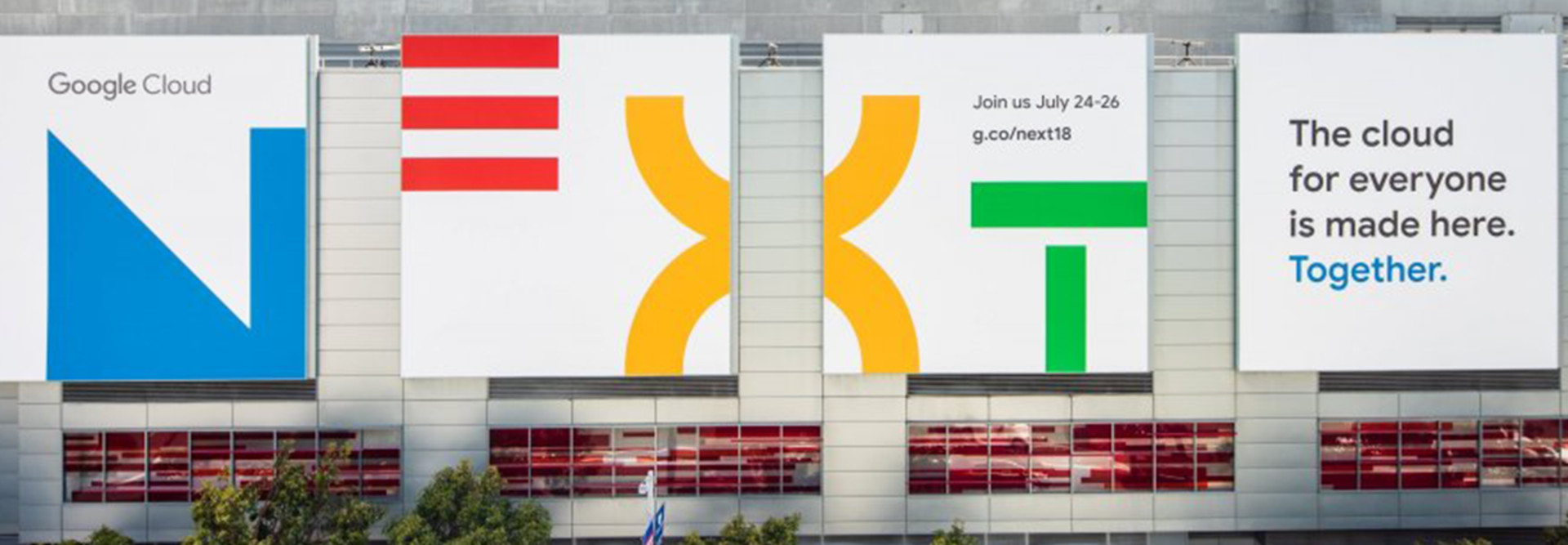IT Leaders Tout Savings and Security from Cloud Storage
Google recently wrapped up the San Francisco meeting of its annual Google Cloud Next conference, where attendees heard about what’s coming down the pipeline in higher education and research.
The education sphere has begun to move more quickly toward the cloud, drawn in by promises of expanded teaching capabilities and more affordable, streamlined network management.
To help IT Teams, administrators and instructors see what the future holds for cloud computing, Google dedicated a number of the event’s sessions to the impact cloud computing is having on higher education.
The adoption of cloud computing technology will only continue to ramp up. According to EDUCAUSE’s “NMC Horizon Report: 2018 Higher Education Edition” with the New Media Consortium, universities are “making changes to prepare for a ‘new age’ of lifelong learning by incorporating cloud-based software and other technologies — such as social networks, mobile computing, and big data — that are helping create digital learning ecosystems that serve lifelong learners.”
The benefits are already showing. At Georgia State University, IT leaders have seen costs plummet after adopting Google Cloud Platform, according to Joshua Humphrey, systems administrator leader at GSU.
“We've been using GCP for almost three years now, and we've seen an average yearly savings of 44 percent,” Humphrey told Google Next attendees, according to a blog post. “Whenever people ask why we moved to the cloud, this is what we point to: usability and savings.”
Check out this infographic to see how universities may use the cloud over the next few years!
Cloud Slashes Data-Storage Costs for Universities
One of the most daunting attributes of data storage is cost, Inside Higher Ed reports. Storing and securing large amounts of data can eat into a university’s budget, especially as big data analysis becomes more common. But moving that data to the cloud can seem like a daunting task, as well — especially when simultaneously trying to maintain tight security to keep files out of the wrong hands.
At Stanford University, research data had, up until very recently, been stored on a network-assisted storage system without any backups.
With the danger of earthquakes a major concern in California, the need for a disaster-recovery plan was evident, said Arun Aggarwal, lead cloud infrastructure engineer at Stanford University to conference attendees.
Aggarwal and his team began the switch as part of a larger university-wide cloud initiative, and was impressed to find that the system was able to replicate Stanford’s 200TB of research data to Google Cloud Storage and maintain all security file attributes.
At the University of Minnesota, on-premises data centers have experienced everything from flooding to a rogue squirrel that caused a data center transformer to catch fire during an application update.
“This caused IT to have a huge black eye,” said Steve Nguyen, IT service director for collaboration and web content services to conference attendees during a session with Aggarwal and other IT experts. “All credibility and trust with IT went out the window that day.”
By transitioning to Google cloud, Nguyen and his team were able to store users’ files safely out of harm’s way — whether from natural disasters or destructive rodents.
Cloud Transition Frees Time and Money for New Projects
Before embarking on a switch, Nguyen and his team wanted to see what the savings would be if they switched to the cloud. A Gartner analysis found that, by transitioning their data, the university would be able to free up $15 million.
“We went to administration and we went to faculty and we said to them, ‘Here’s something you don’t hear every day: Here’s $15 million for you, what do you want to do with it?’”
The savings allowed the institution to invest in creating 10 active-learning classrooms, equipped with new monitors, collaborative modern desks and other state-of-the-art classroom tech.
Meanwhile, at Stanford, IT is beginning to consider adopting cloud computing as well as storage, opening up time for Aggarwal’s team to focus on more important tasks.
“Essentially, we would have Google do all the heavy lifting for us and we could concentrate on what value-add we’re there for, namely the data, data analysis, data integration and that sort of thing,” he said.









